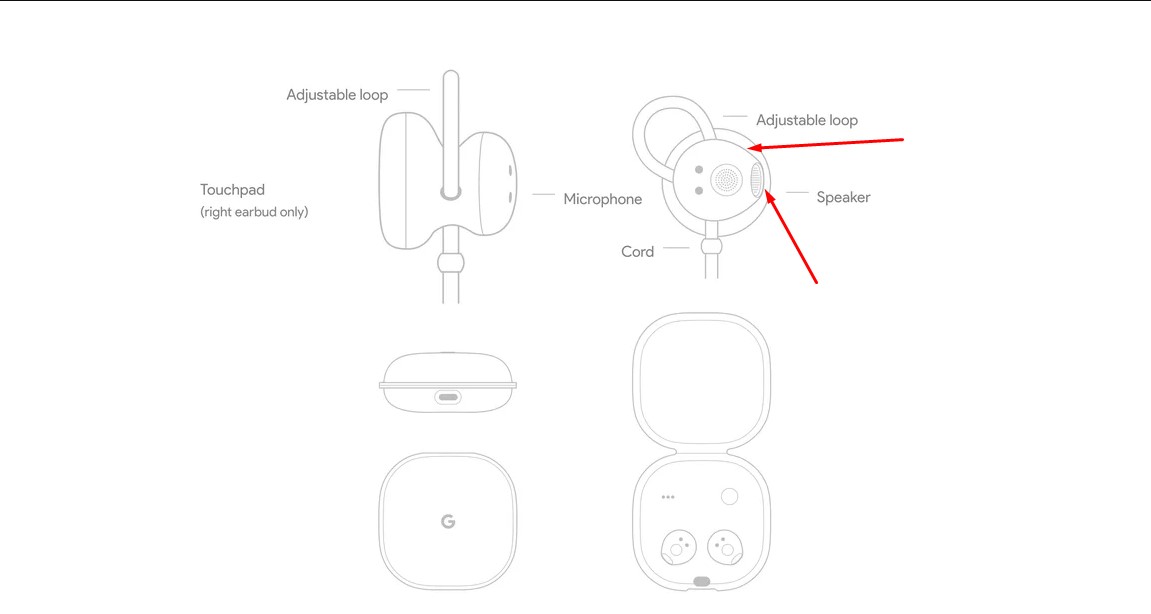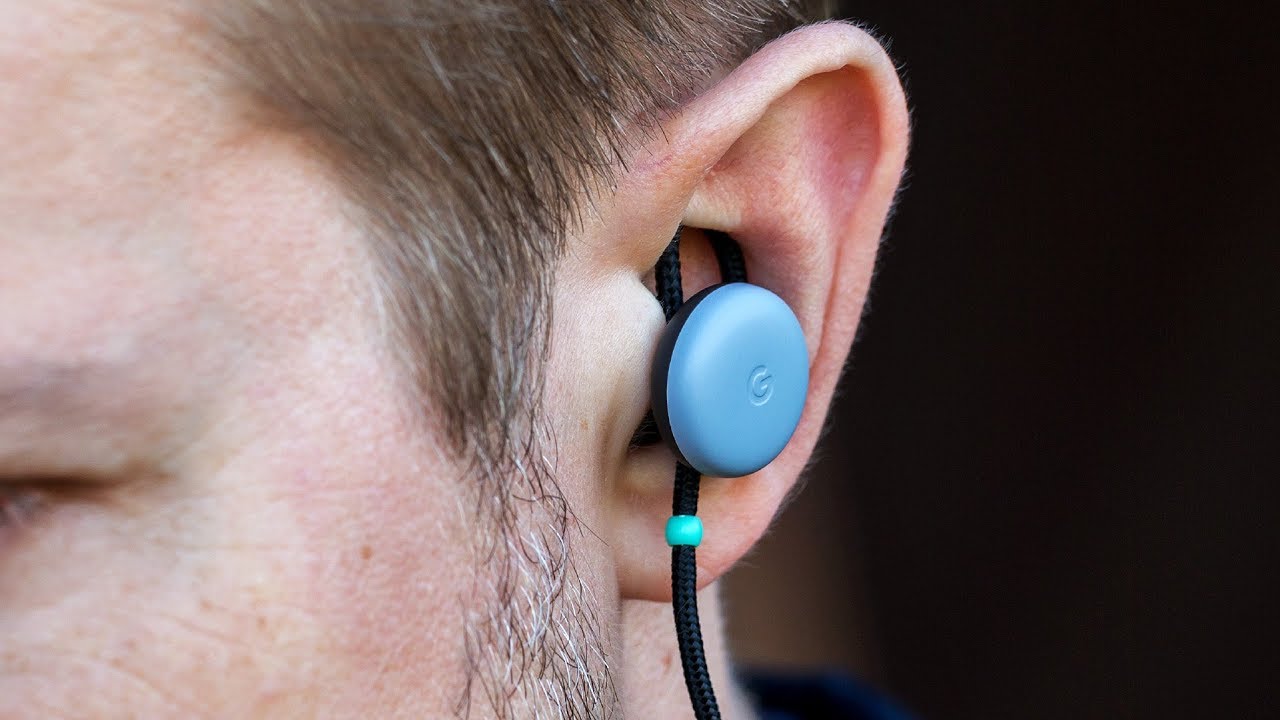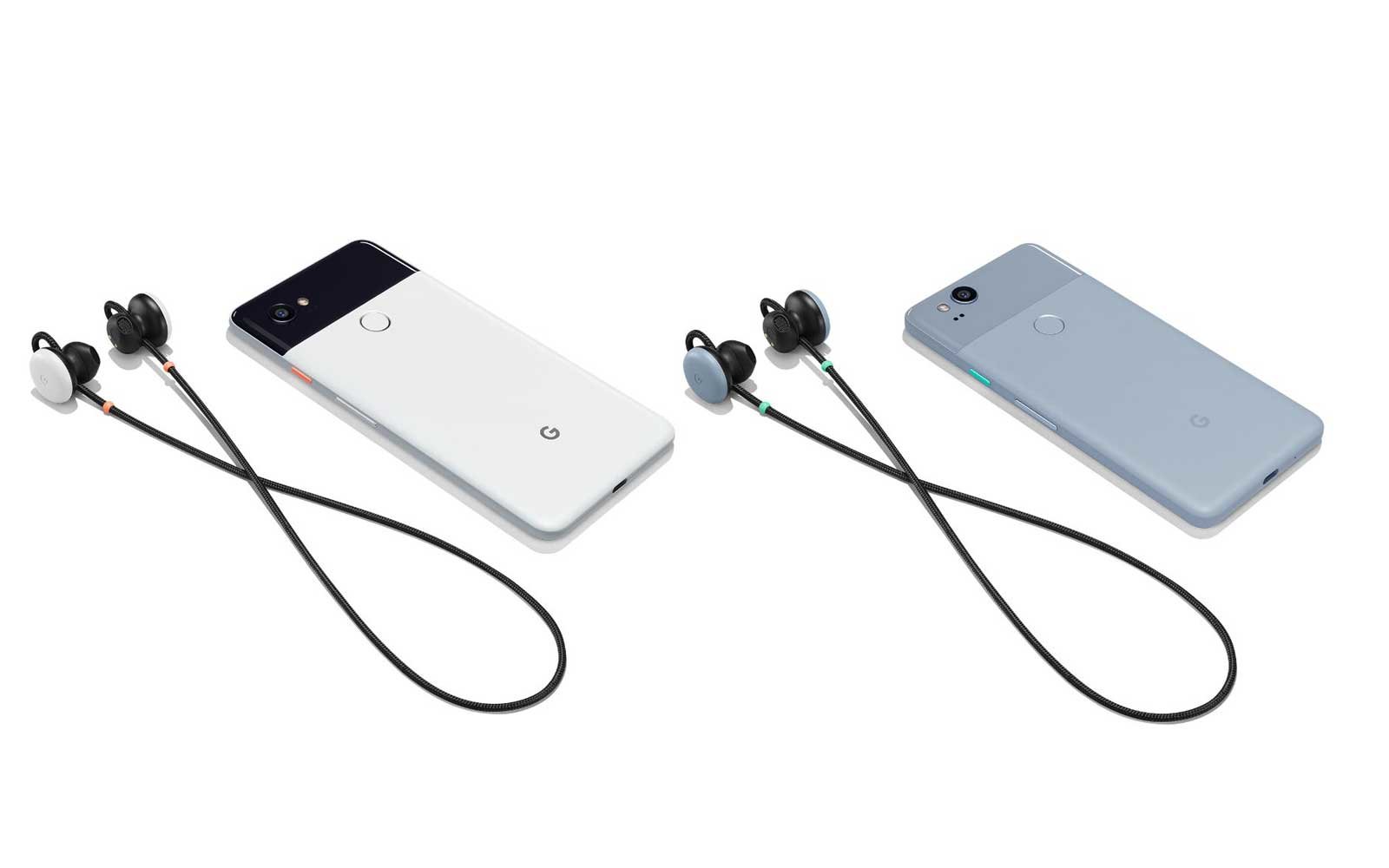It so happened that 2017 was a year of loud failures for new products trying to conquer the portable audio market. At first, Kanoa was unable to bribe videoblogger Cody Crouch, “thanks to” whom she buried her project of wireless headphones. Then the promising startup Here One has sunk into oblivion, also with wireless headphones in an interesting and promising form factor. Despite the keen interest of the media, there were problems with more sustainable projects, such as Nura and Ossic X, but these seem to be still alive.

On this sad background, Google looks particularly bright. In October of this year, Pixel Buds introduced smart headphones with a voice translator that knows 40 languages. The first mention in the media about the new device from Google is dated August 2017, the product was promised by October. Despite the “traditional” for the search giant being late with releases, it was shown as planned.
At the presentation in San Francisco was presented a whole line of new devices. It includes Pixel 2 (from HTC) and Pixel 2 XL (from LG) phones, Pixelbook laptops, Google Home smart speaker system and, already in time, we have expected wireless headphones - Google Pixel Buds.
Pre-order device became possible immediately after the presentation. The official start of sales in the US, UK, Canada, Germany, Australia and Singapore began a month ago. The main "chip" of the product was the ability to voice translation of the words of the interlocutor in real time. The article does not contain loud revelations, discoveries and is a brief analysis of early reviews.
Pixel Buds concept and new standard for google smartphones
The conceptual basis of Pixel Buds is combining the capabilities of Google Assistant and Google Translate in one device, paired with a new smartphone from the same Google Pixel 2 line (Pixel 2 XL). According to the developers, the device should be wireless (which was not fully implemented). In addition, the ability to transfer the interlocutor's speech in real time at a distance of up to 1.5 meters and a delay of up to five seconds has become a requirement for a new smart headset.
Of course, the device was also made demands on ergonomics and quality of music playback, the ability of smooth operation, the possibility of additional charging from the case with a built-in battery. From the analysis of the reviews of the device, we can conclude that the new device is capable of doing all of the above.
It should also be noted that Google Pixel 2 does not have a standard headphone port. This is also probably directly related to the company's desire to sell the phone along with new wireless headphones. Let me remind you that before Apple used the similar in IPhone 7. Meanwhile, Google offers users who want to continue to use traditional wired headphones to use an adapter by connecting to the USB-C port.
Travel Headphones
The demonstration of translation capabilities at presentations in San Francisco caused a stir. The promise of Google, almost synchronous (delay from 2 to 5 seconds) translation of phrases from 40 languages of the world, was fulfilled. According to the reviews of journalists who had time to try the “toy”, the translation is quite accurate and will be able to significantly facilitate communication in travel.
There is no information on whether Google Translate, paired with headphones, can handle complex dialects, but the review by Madeleine Buxton for refinery29 shows that the system’s ability to translate from relatively complex Arabic to English is quite high.
Despite the fact that the product is not yet planned to be sold in Russia, it has support for the Russian language. Some reviewers have expressed doubts about such wide possibilities for absolutely all forty languages declared. In particular, it is not known how well Asian languages with phonetically complex word formation will be translated.
Control
Control is implemented through the use of a touch panel, which is the outer part of the body of the right earpiece. Using gestures (according to those who held the device in their hands, simple, clear and intuitive), you can run Google Assistant and Google Translate, turn down or increase the volume, start playing or stop the track in the playlist, and, of course, answer the call and complete the call.
For some users, touch control has become a problem. The fact is that the volume control gestures and Google Assistant are similar to each other, and for the correct error-free use of functions, a developed skill is required.
Acoustics and ergonomics
In acoustic design and ergonomics, Pixel Buds are very similar to Ear and Air Pods. The shape of the plastic headphone case is very similar to Apple headphones. According to reviews, the device is ergonomically not too different from the aforementioned competitors, the lack of ear cushions is detrimental.

The sound quality is assessed as relatively high, which is also influenced by the acoustically significant features of the hull shape. So it is known that with the chosen form factor resembling a truncated cone, the body opening fits snugly to the external auditory canal, which allows for the reproduction of low frequencies and sound pressure comparable to those of the intracanal type.
Not quite without a wire and “magic” ring
Calling the device wireless is not entirely correct, as the headphones are wired together. If necessary, you can use the cable to hang the headphones around your neck. Wireless connection is carried out at the expense of Bluetooth, with all the ensuing consequences for signal quality (the quality of sound transmission using bluetooth still causes a lot of discussion).

Part of the connecting wire, fixed in the form of a ring on each of the headphones, allows for additional fixation. Having preset the required size of the ring, the cable is wound under the lower leg of the ear cap antihaler.

Concerns about the low ergonomics of such an additional attachment were in vain. Based on information from reviews and reviews, we can say that the overwhelming majority rated it as a convenient and practical chip.
Simply put, the presence of the cord was overtaken by Google engineers and designers so as to turn the controversial flaw, if not a distinct advantage, then into a peculiar feature (they say, the rings cling to the ears and the gadget will not fly off while running).
Charging process and battery capabilities
Charging case (battery capacity 650 mAh) provides the ability to work for 24 hours. The Google Pixel Buds battery (120 mAh) allows you to work autonomously for 4.5 - 6 hours (in the reviews the data is different, but most indicate the time stated by the manufacturer - 5 hours).

The correct position of the headphones in the charging case and the level of charge is determined using LED indicators. Considering the small dimensions (20.4x20.4x20.5 mm, weight: 14 grams), one can even call such characteristics impressive.
Compatibility
Unfortunately, Google guarantees support for all functions of the device only with Pixel 2 (Pixel 2XL) smartphones. This primarily concerns the translation system and Google Assistant. There is information that in the future these functions will be available on devices running Android 7.0 Nougat. Users of other Android devices, as well as iPhone owners (iOS support), who risked buying a novelty for 159 dead American presidents, will have to be content with banal listening to music and talking, everything else is for Pixel 2 (Pixel 2XL).

Total
I personally like the device, as far as it can impress anything that it was not possible to use and what you know only from third-party reviews. If you happen to hold Pixel Buds in your ears, I promise you a personal subjective review of the new product and several objective hardware tests. Instead of a comprehensive conclusion, I propose to take part in the survey below. It will be especially valuable to see the comments of those who have already tried the new gadget.
Jeans
Unfortunately, there is no Google Pixel Buds in our catalog , as the manufacturer is not planning to start selling the product in Russia yet. Meanwhile, we have a wide range of other headphones, which can be found here .